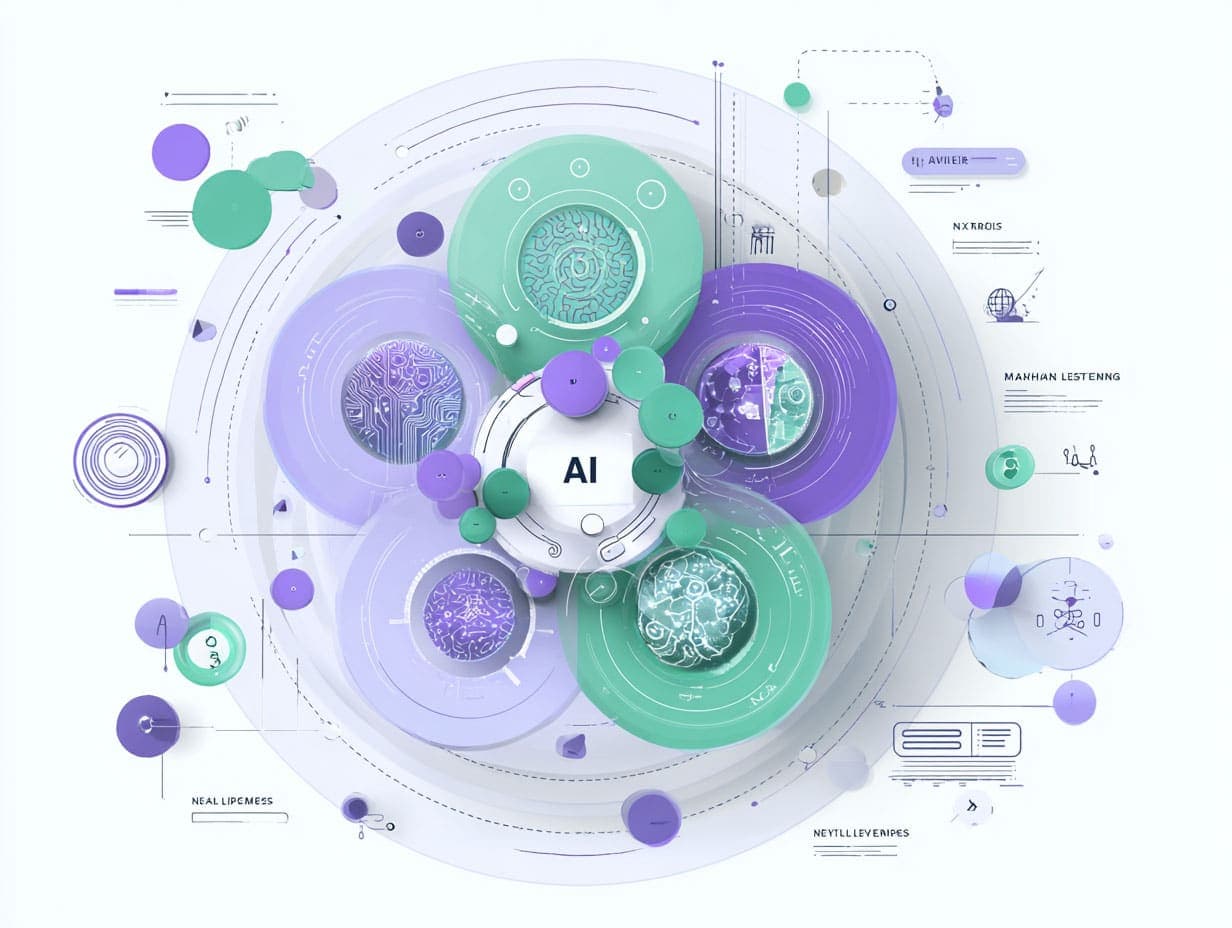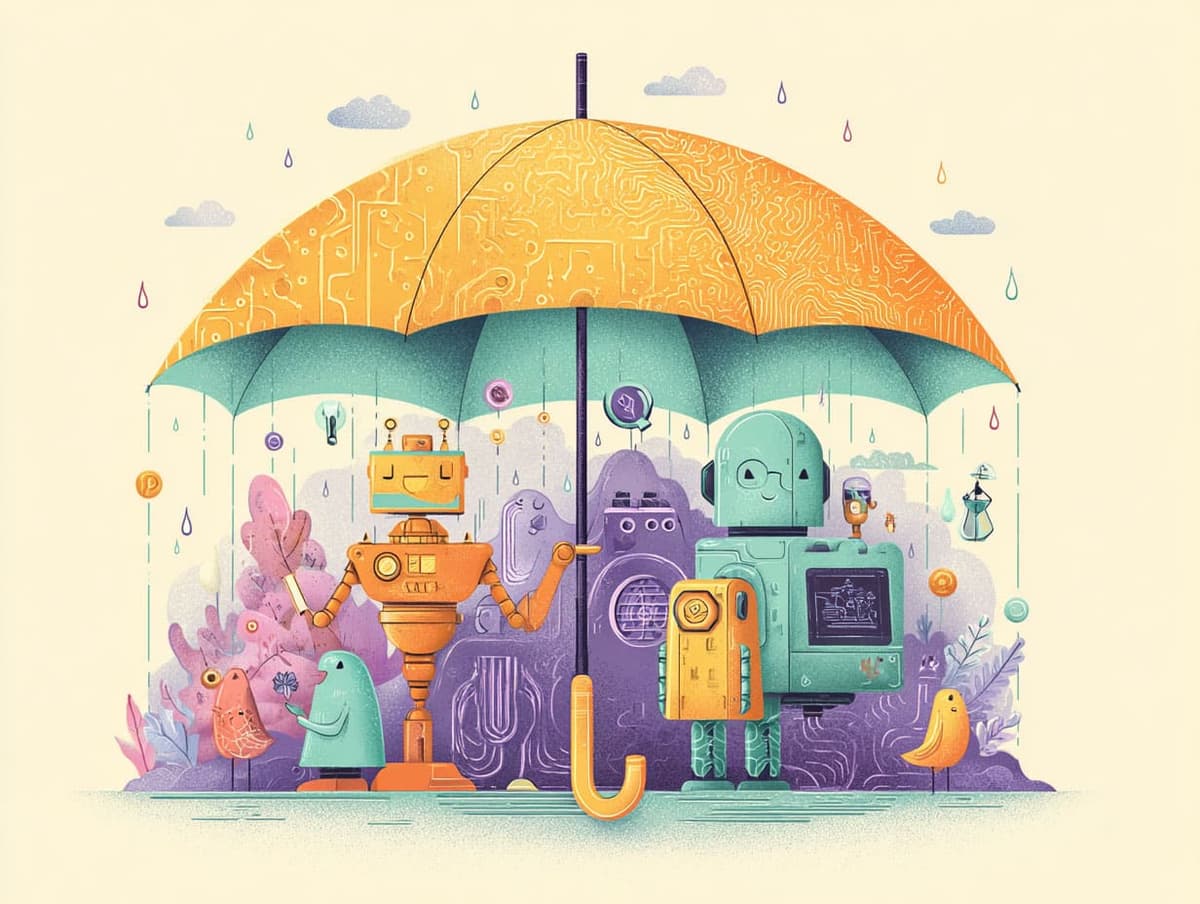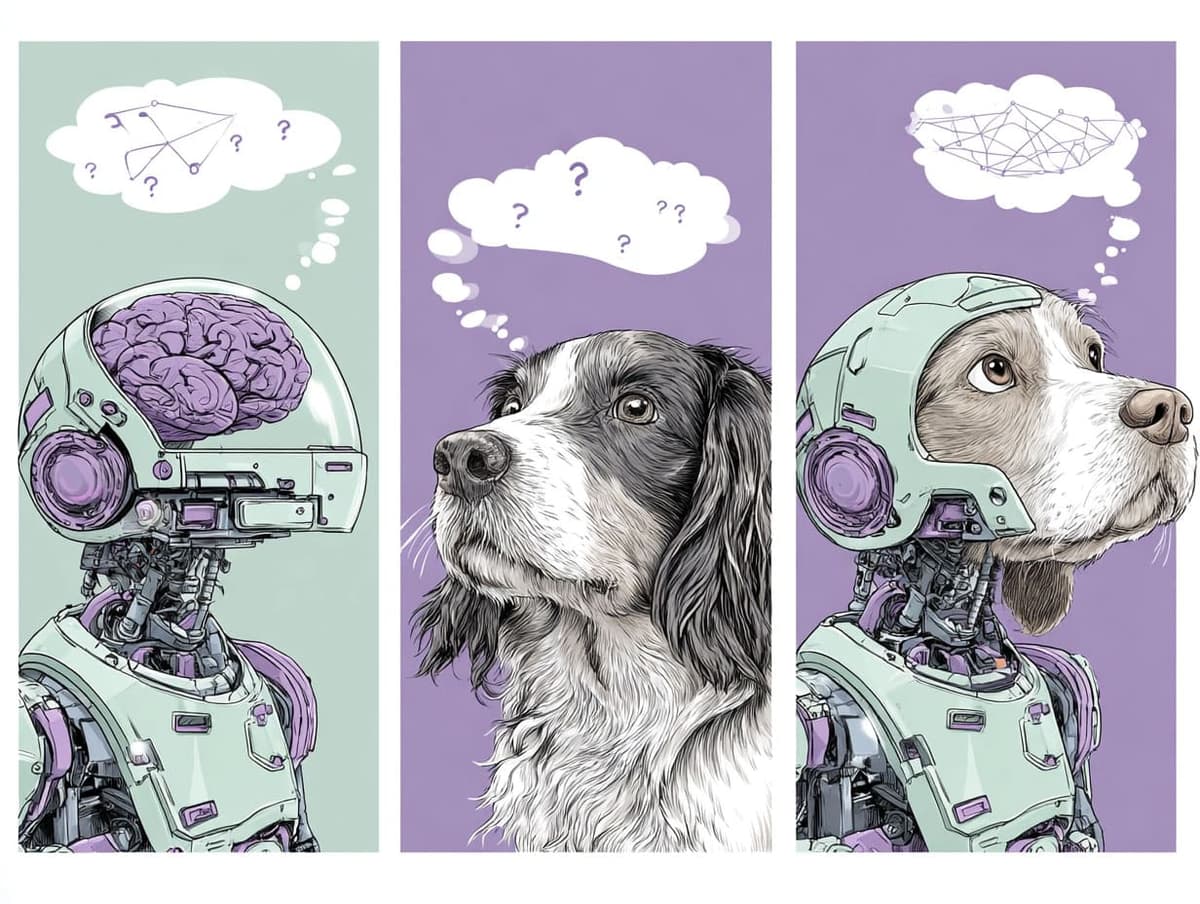
What is AI vs Machine Learning? The Complete Guide
Ever wondered what the difference is between AI and machine learning? You're not alone! These terms get thrown around so much that they seem interchangeable, but they're actually quite different. According to the Association for Computing Machinery, think of it like squares and rectangles - all machine learning is AI, but not all AI is machine learning. 🤔
Let me break this down in a way that actually makes sense, with examples you can relate to and understand. No computer science degree required!
What You'll Learn
- The fundamental difference between AI and machine learning
- Real-world examples of each technology
- When to use AI vs when to use machine learning
- How they work together in modern applications
- Common misconceptions cleared up
The Big Picture: Understanding AI

Artificial Intelligence (AI) is the big umbrella term. It's any technology that enables machines to mimic human intelligence - thinking, learning, problem-solving, understanding language, or recognizing patterns. AI has been around since the 1950s Dartmouth Conference, way before machine learning became the rockstar it is today.
Think of AI as the goal: creating smart machines. It includes everything from simple rule-based systems to complex neural networks. Your smartphone's calculator? That's AI. Siri understanding your voice commands? Also AI. A chess program that follows predetermined strategies? Yep, AI too.
Types of AI Systems
Rule-Based AI (The Classic Approach)
- Works on "if-then" logic
- Like a really smart flowchart
- Example: Email spam filters using keyword rules
- Mimics human expert decision-making
- Example: Medical diagnosis systems that follow symptom trees
- Understands and generates human language
- Example: Chatbots, translation services
Machine Learning: AI That Learns from Experience

Machine learning is a subset of AI that focuses on systems that can learn and improve from experience without being explicitly programmed for every scenario. Instead of following pre-written rules, ML algorithms find patterns in data and make decisions based on what they've learned.
It's like teaching a child to recognize dogs. You don't give them a rulebook saying "if it has four legs, fur, and barks, it's a dog." Instead, you show them lots of pictures of dogs, and they figure out the patterns themselves. That's machine learning in a nutshell!
How Machine Learning Actually Works
- Feed it data: Lots and lots of examples
- Algorithm finds patterns: Identifies what makes a dog a dog
- Makes predictions: Can now identify new dogs it's never seen
- Improves over time: Gets better with more examples
Pro Tip
Machine learning shines when you have lots of data but don't know the exact rules. Traditional AI excels when you know the rules but need to automate complex decision-making.
Real-World Examples: AI vs Machine Learning
Let's look at some everyday examples to really drive home the difference:
Traditional AI Examples
GPS Navigation
- Uses algorithms and rules to calculate the shortest route
- Follows predefined traffic rules and map data
- Doesn't "learn" from your driving habits (usually)
Video Game Opponents
- Follow scripted behaviors and decision trees
- React to player actions based on programmed responses
- Difficulty levels are pre-programmed, not learned
Automated Phone Systems
- "Press 1 for sales, 2 for support"
- Follows a predetermined menu structure
- Can't adapt to unique requests outside its programming
Machine Learning Examples
Netflix Recommendations
- Learns from your viewing history
- Adapts to your changing preferences
- Gets better at predicting what you'll enjoy
Face Recognition
- Trained on millions of face images
- Can identify faces it's never seen before
- Improves accuracy with more data
Credit Card Fraud Detection
- Learns your normal spending patterns
- Flags unusual transactions automatically
- Adapts to new fraud techniques
When to Use What?
Use Traditional AI When:
- You have clear rules and logic
- The problem is well-defined
- You need explainable decisions
- You have limited data
- Consistency is more important than adaptability
Use Machine Learning When:
- Rules are too complex or unknown
- You have lots of data available
- The problem involves pattern recognition
- You need the system to improve over time
- Adaptability is crucial
How They Work Together
Here's where it gets interesting: modern applications often use both! Take a self-driving car like Tesla's Autopilot or Waymo:
- Traditional AI: Traffic rules, navigation, emergency protocols
- Machine Learning: Recognizing objects, predicting pedestrian behavior, adapting to weather conditions
Or consider a smart assistant like Alexa:
- Traditional AI: Setting timers, following commands, controlling smart home devices
- Machine Learning: Understanding your accent, learning your preferences, improving speech recognition
Common Misconceptions Cleared Up
Myth 1: "Machine Learning is Always Better"
Reality: Sometimes simple rule-based AI is more appropriate, especially when you need transparency and consistency.
Myth 2: "AI and ML are the Same Thing"
Reality: ML is just one approach to achieving AI. Many AI systems don't use machine learning at all.
Myth 3: "Machine Learning is Magic"
Reality: ML systems are only as good as their training data. Garbage in, garbage out!
Myth 4: "AI Will Replace Human Intelligence"
Reality: Current AI excels at specific tasks but lacks general intelligence and common sense.
The Future: Where We're Heading
The lines between AI and machine learning are blurring as systems become more sophisticated. According to MIT's Computer Science and AI Lab, we're seeing:
- Hybrid approaches combining rules and learning
- Transfer learning where ML models apply knowledge to new domains
- Explainable AI making ML decisions more transparent
- Edge AI bringing intelligence to everyday devices
Good to Know
The key isn't choosing between AI and machine learning - it's understanding when each approach makes sense and how they can work together to solve real problems.
Your Next Steps
Now that you understand the difference between AI and machine learning, you're ready to dive deeper:
- Learn about foundation models - the building blocks of modern AI
- Explore large language models - a specific type of ML that powers ChatGPT
- Understand how generative AI works - where creativity meets machine learning
Quick Summary
AI (Artificial Intelligence)
- The broad goal of creating intelligent machines
- Includes any technique that enables computers to mimic human intelligence
- Can be rule-based, learning-based, or hybrid
- Been around since the 1950s
Machine Learning
- A subset of AI that learns from data
- Finds patterns without explicit programming
- Improves performance with experience
- Powers many modern AI applications
Remember: All machine learning is AI, but not all AI is machine learning. Choose the right tool for your specific problem, and don't be afraid to combine approaches for the best results!
Ready to explore more? Check out our guide on prompt engineering basics to start putting your AI knowledge into practice. For deeper learning, explore free courses from Stanford Online or Google's Machine Learning Crash Course.